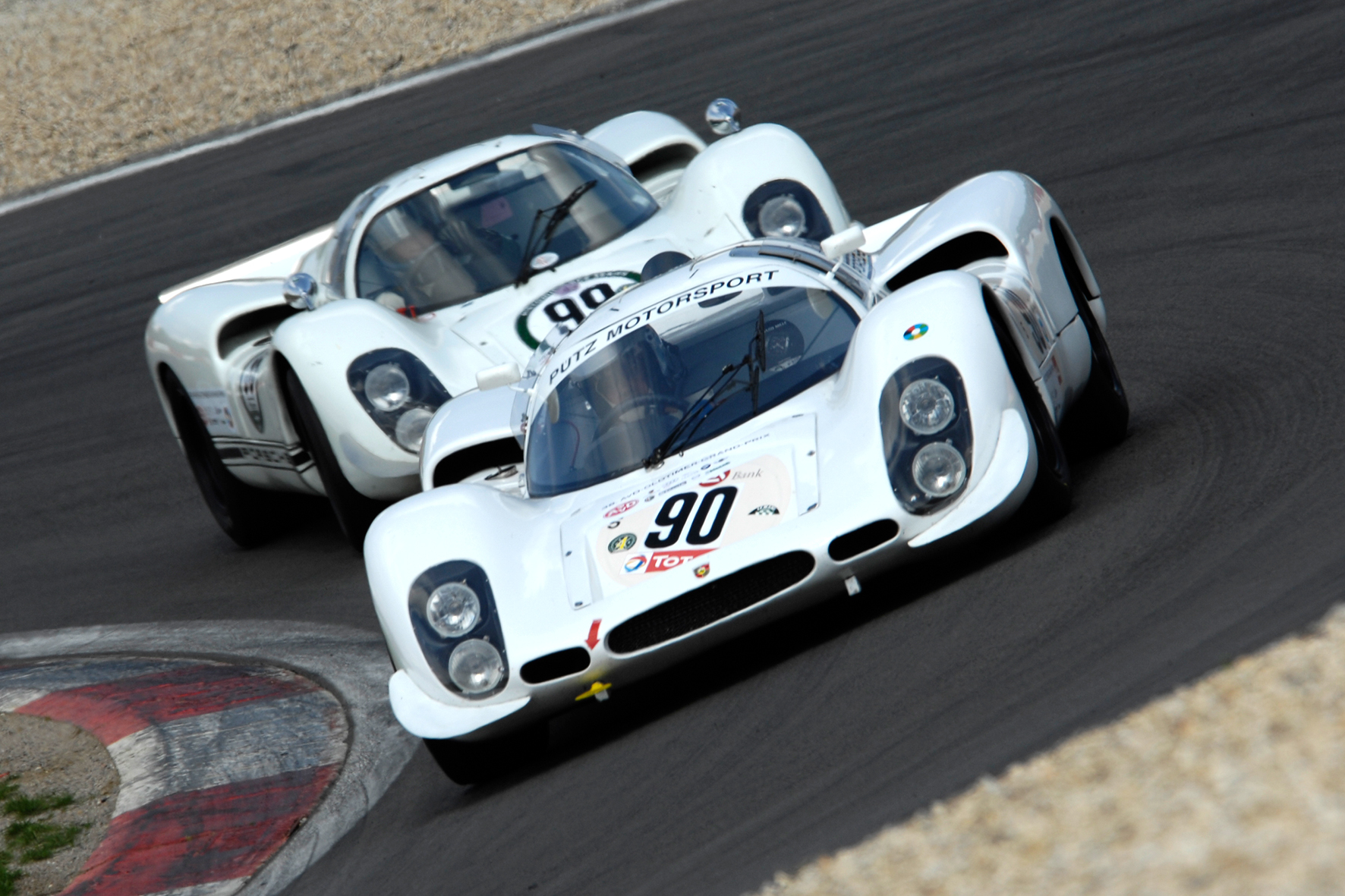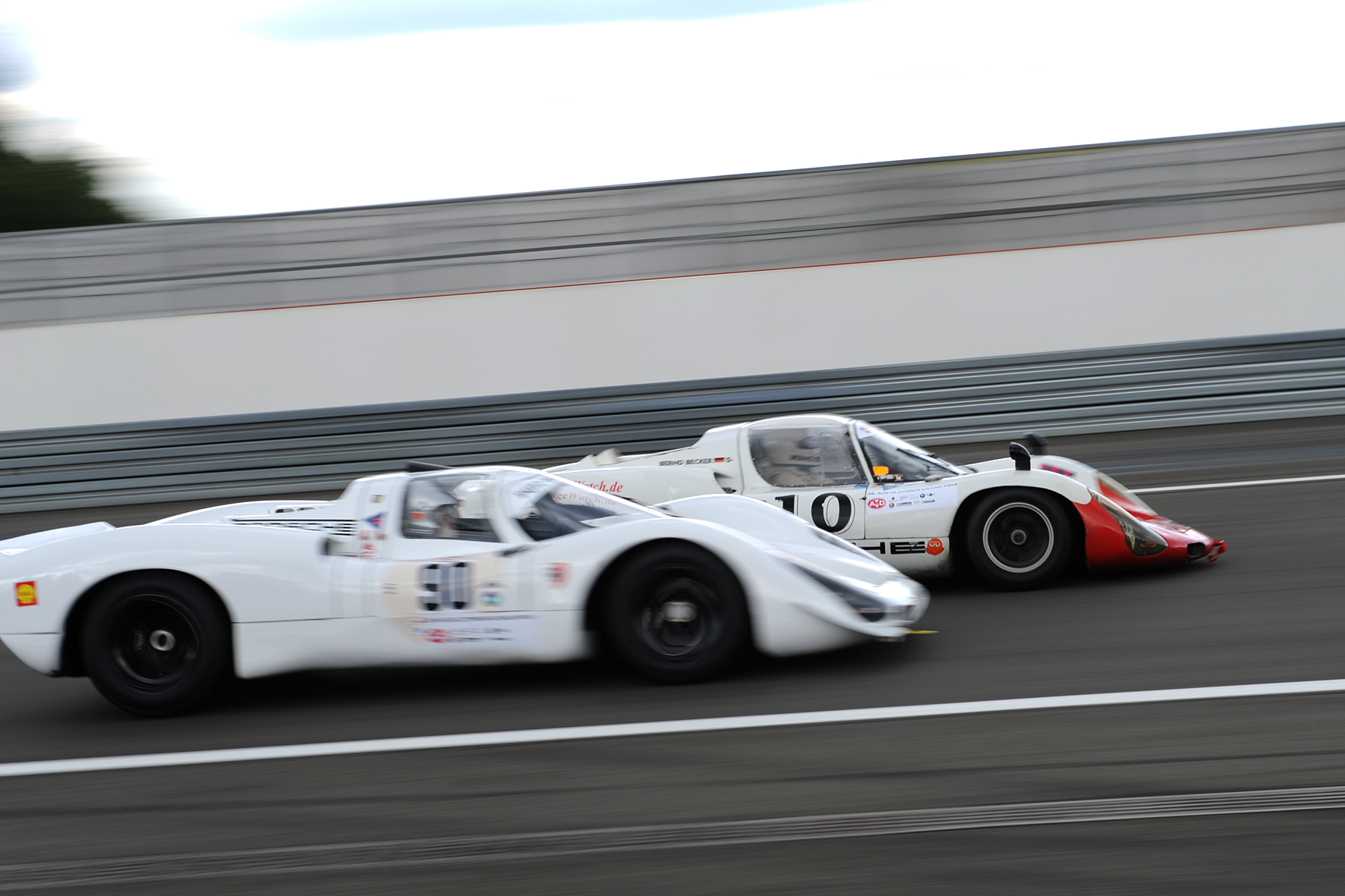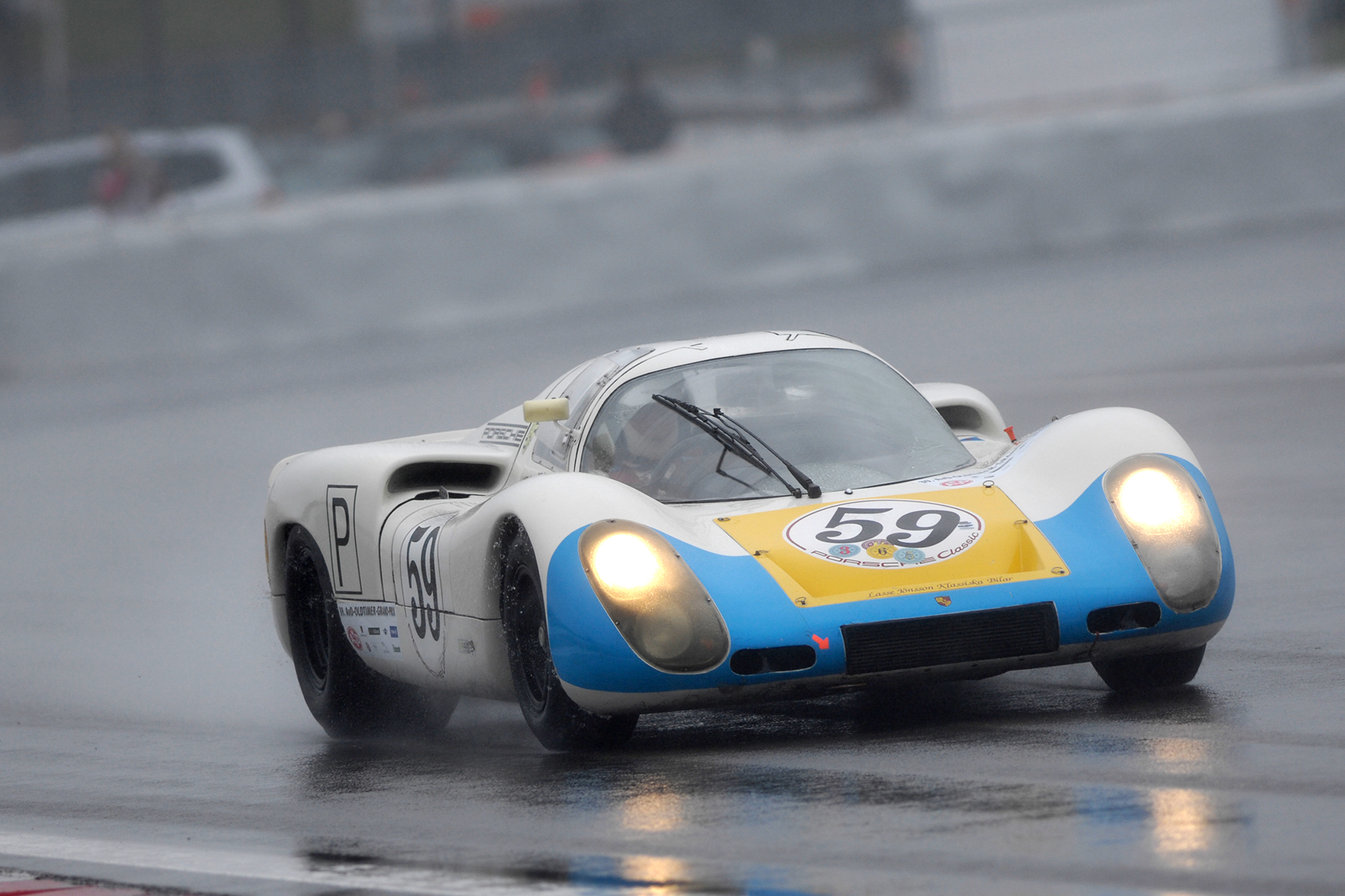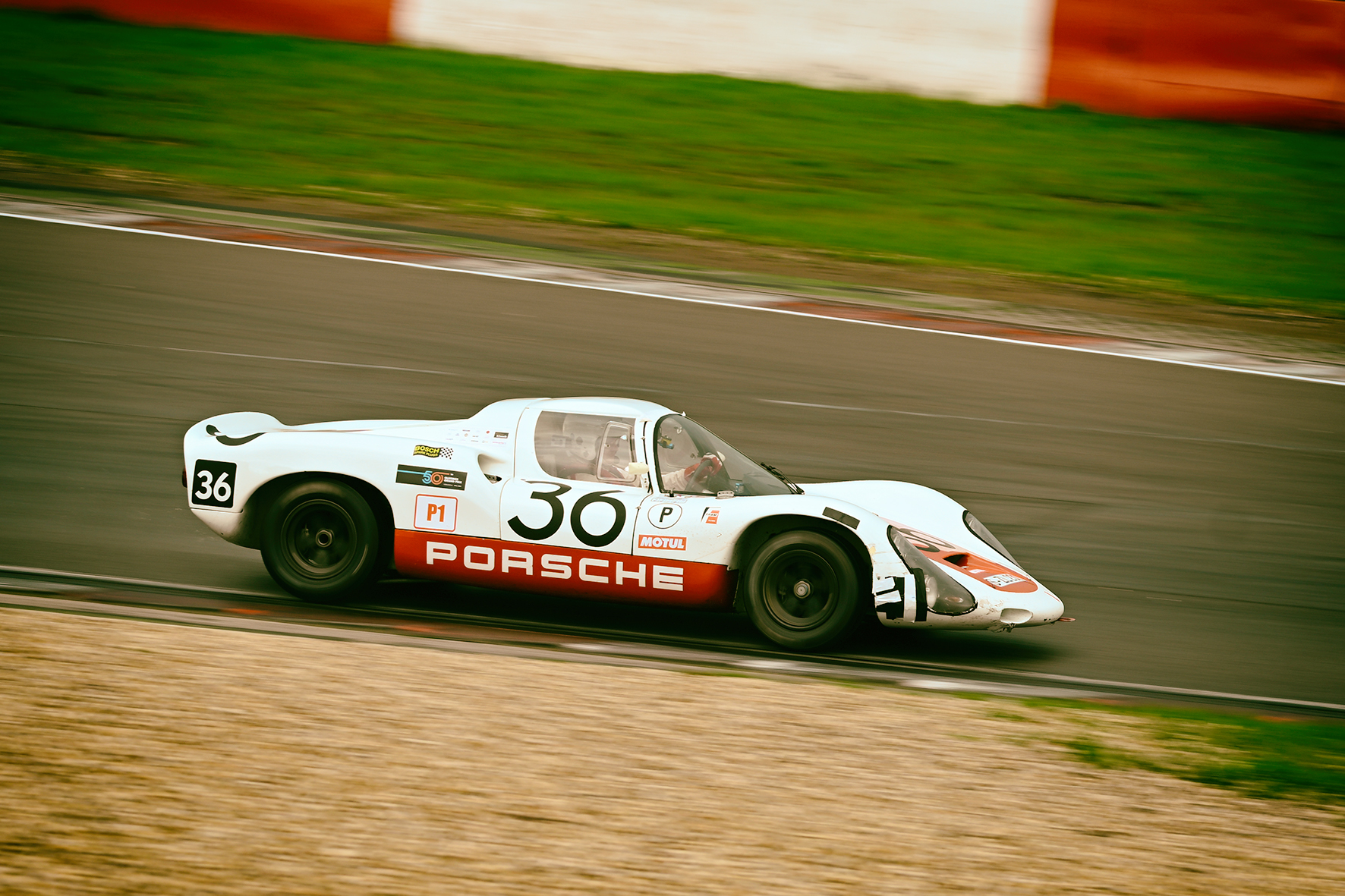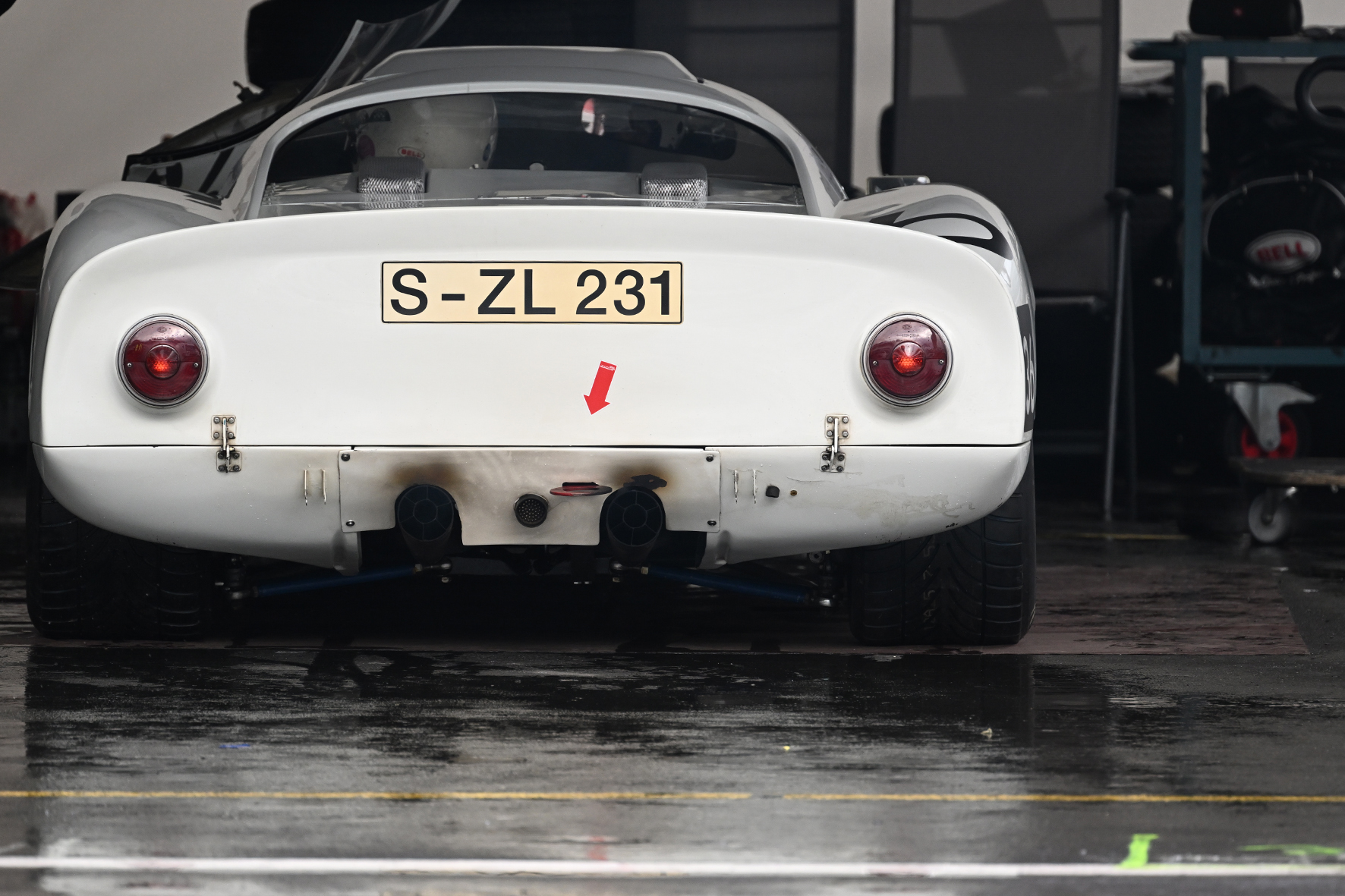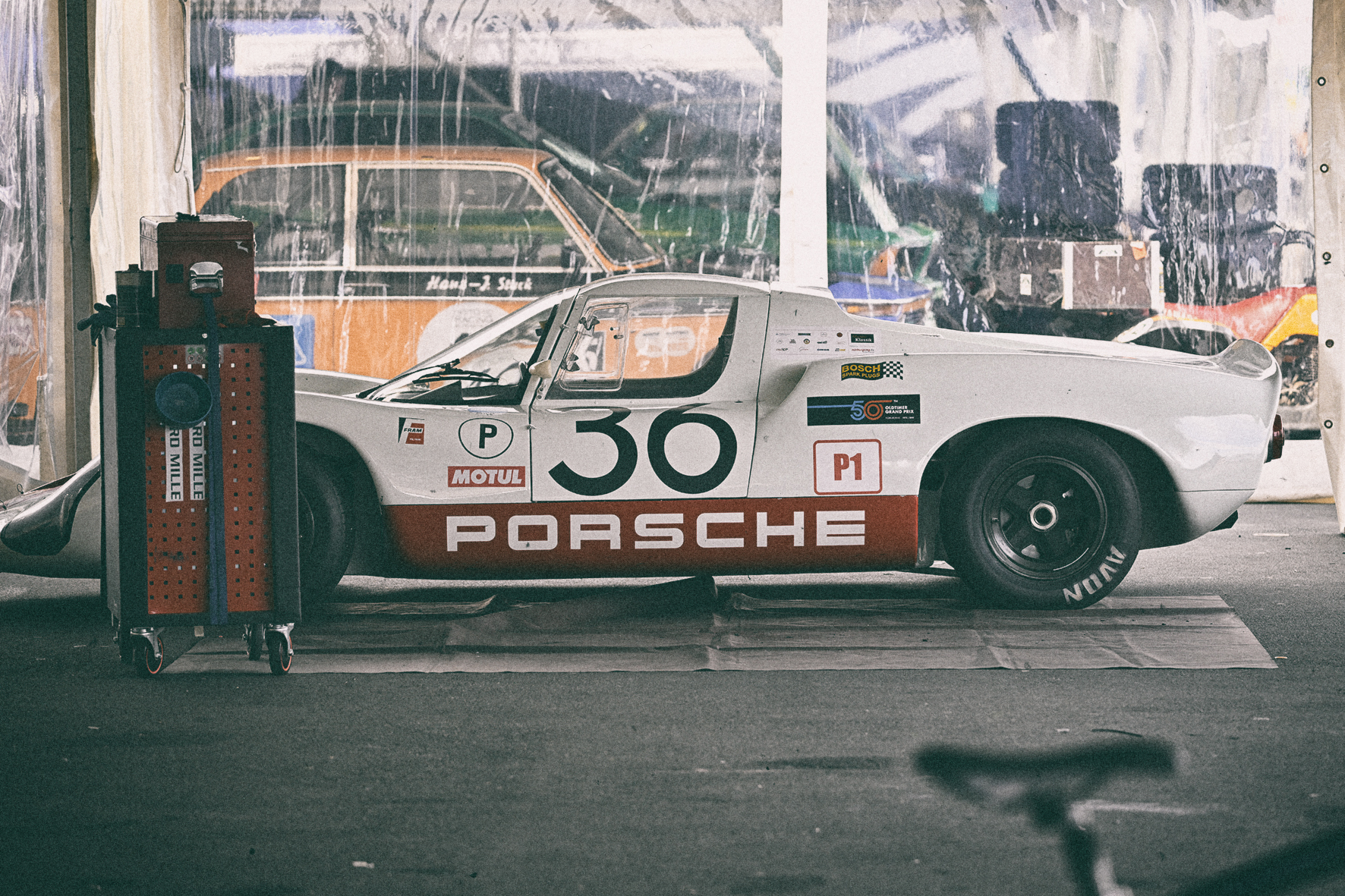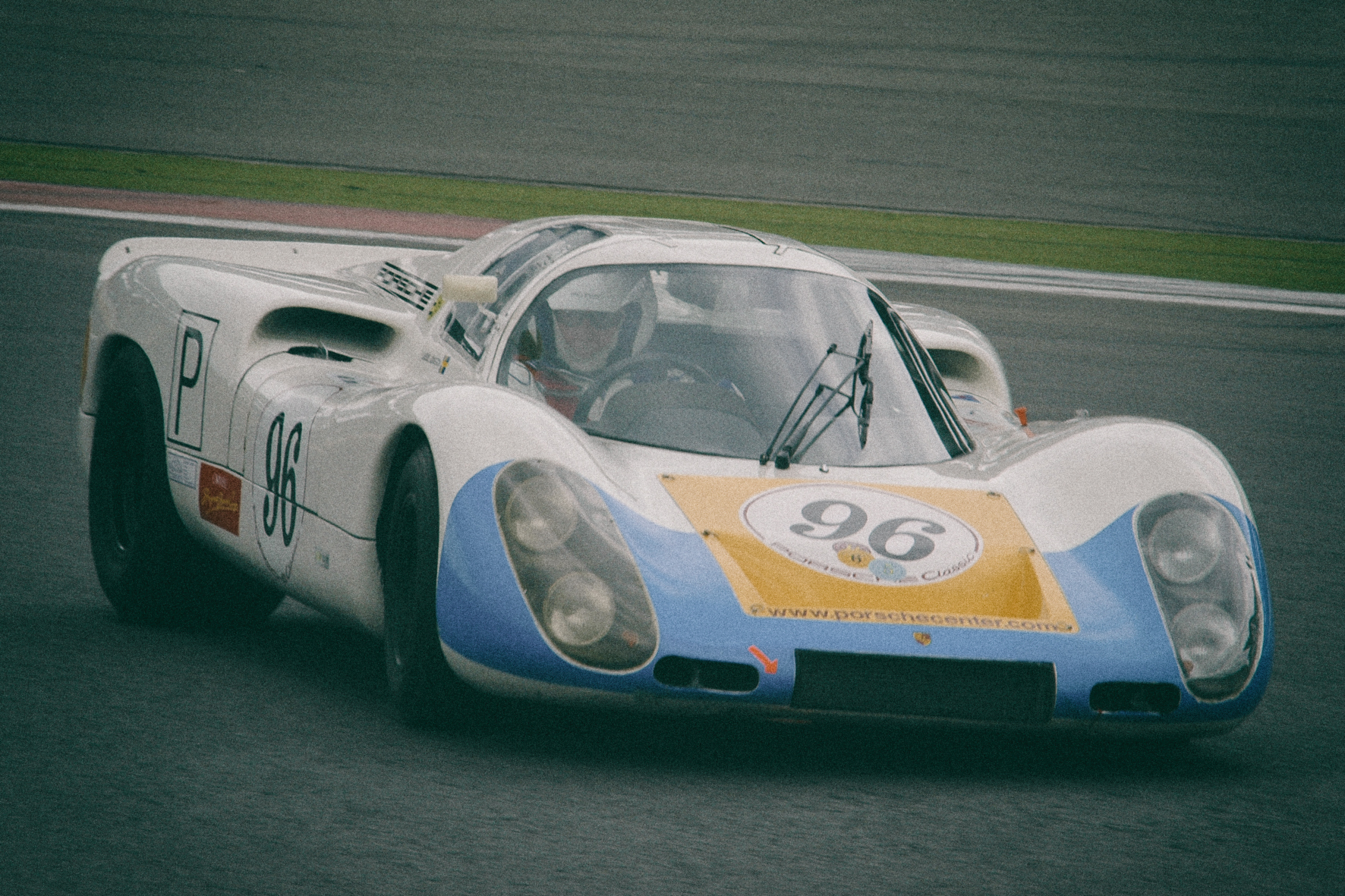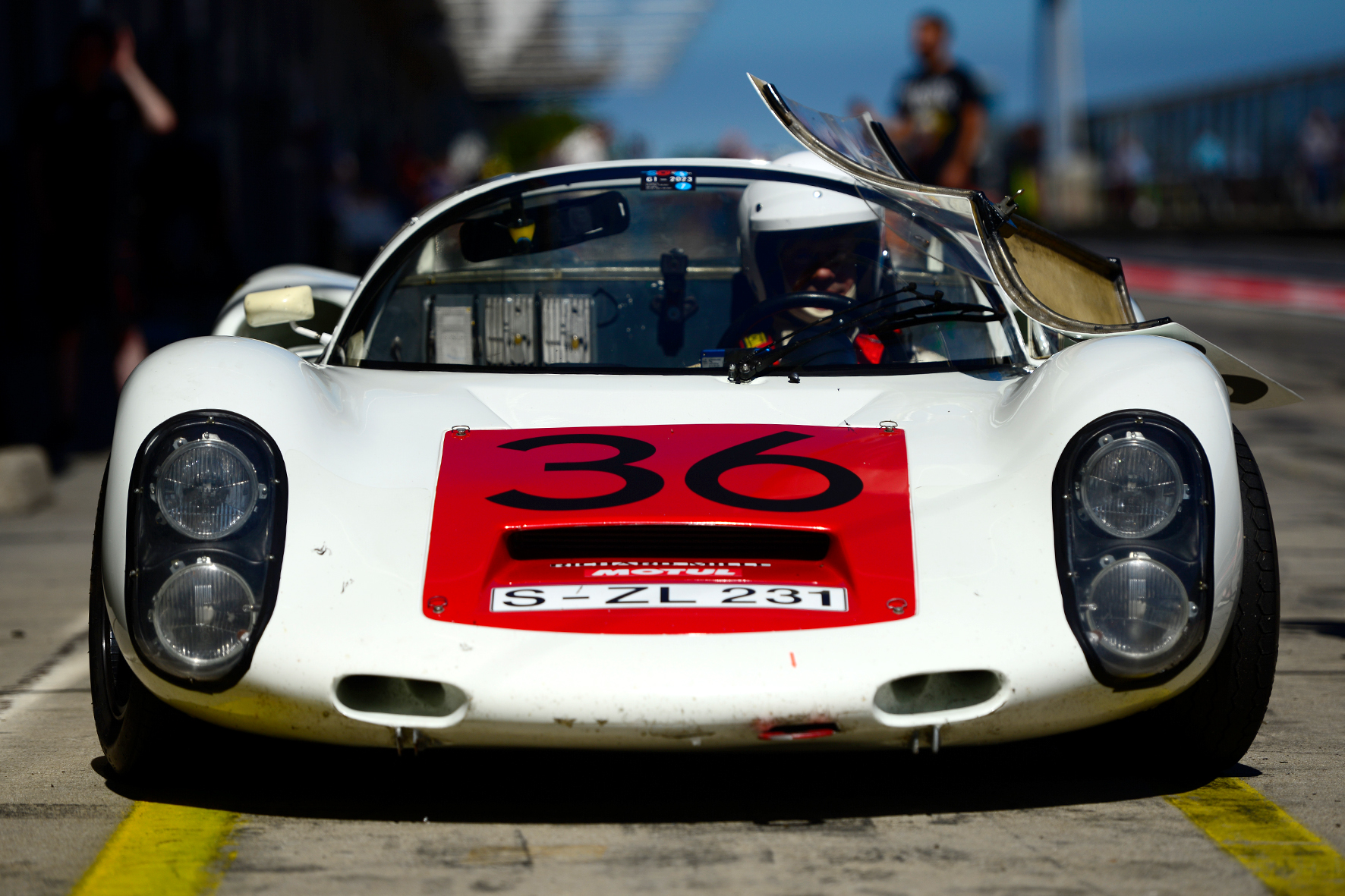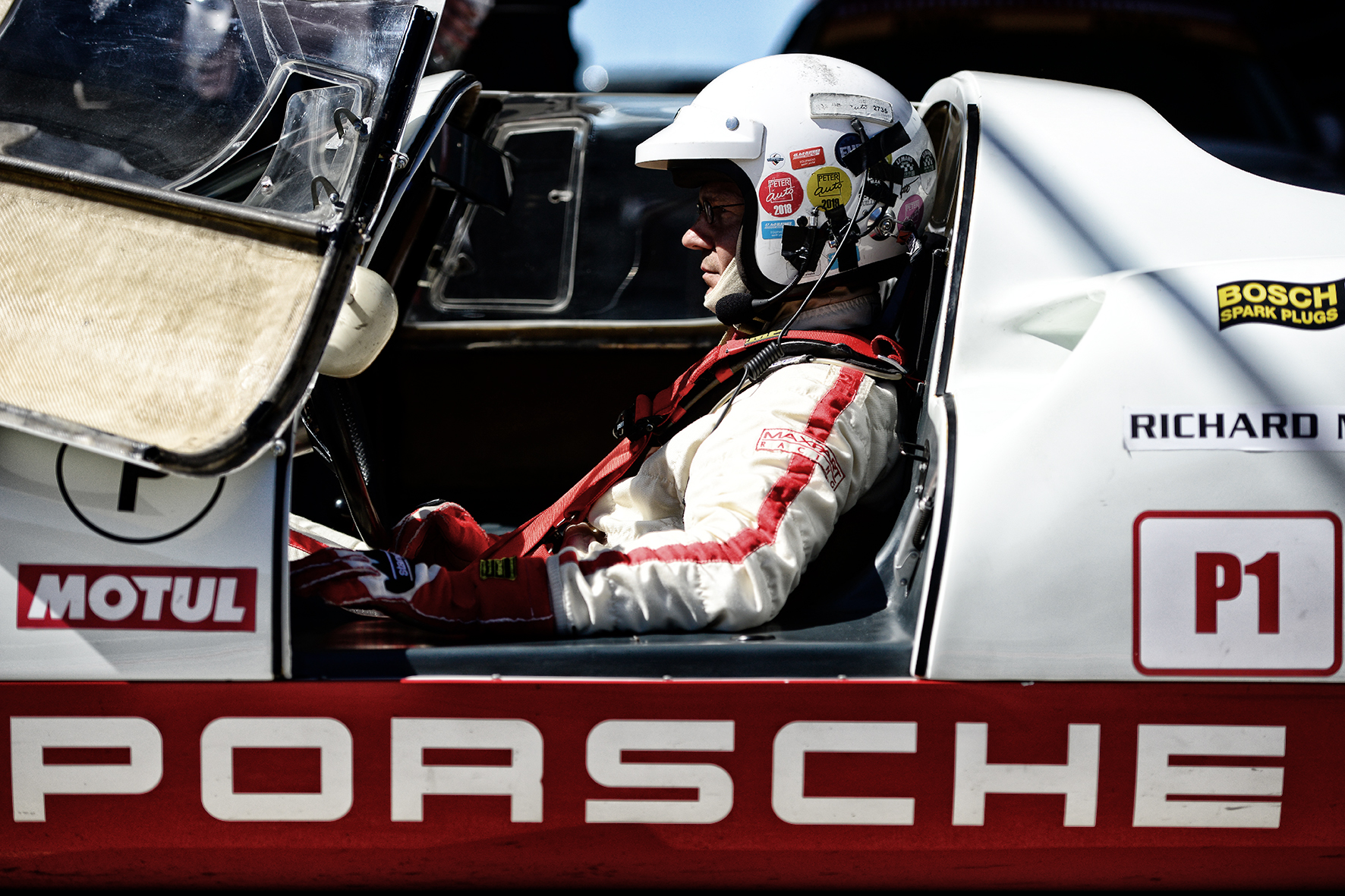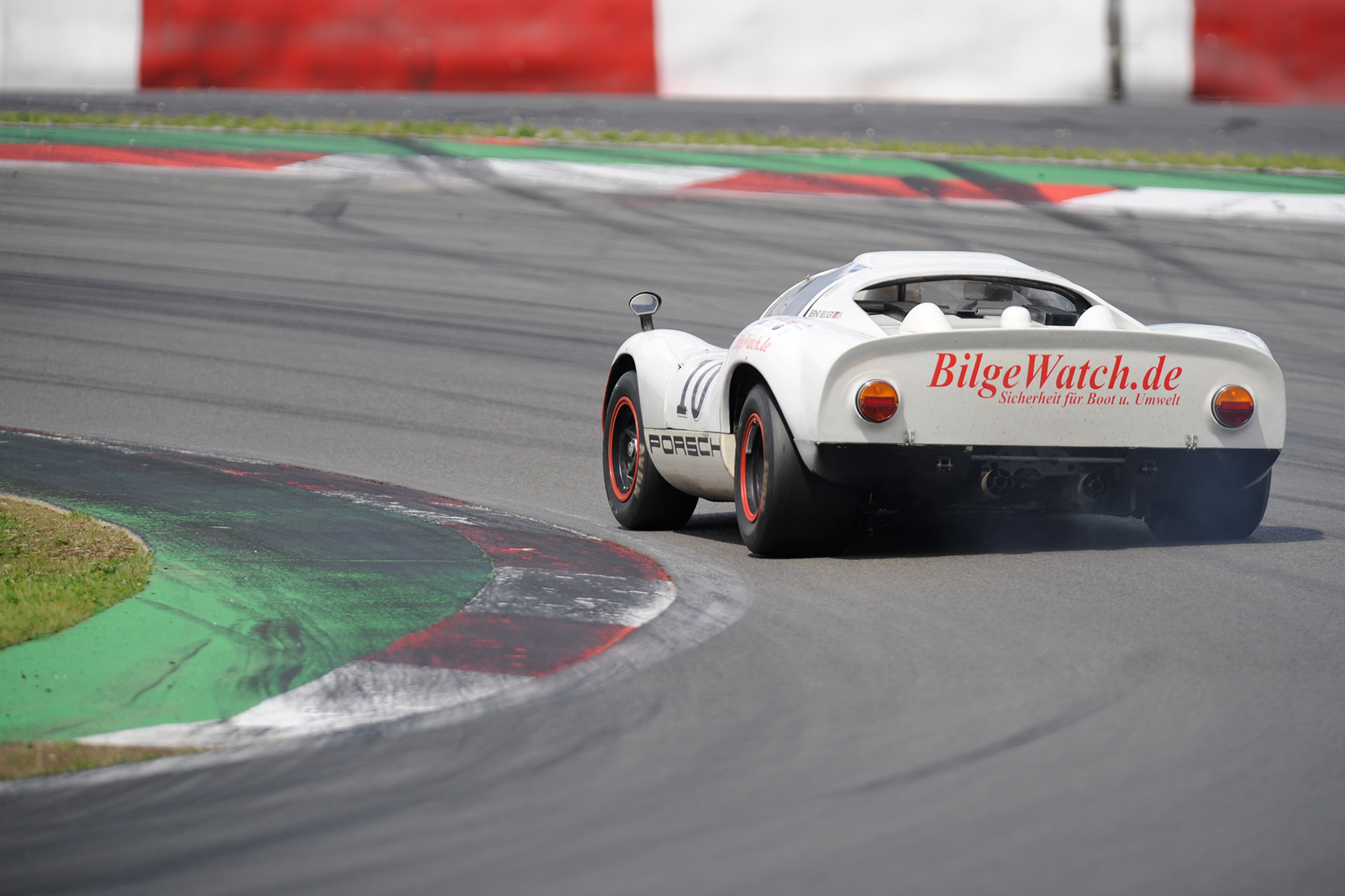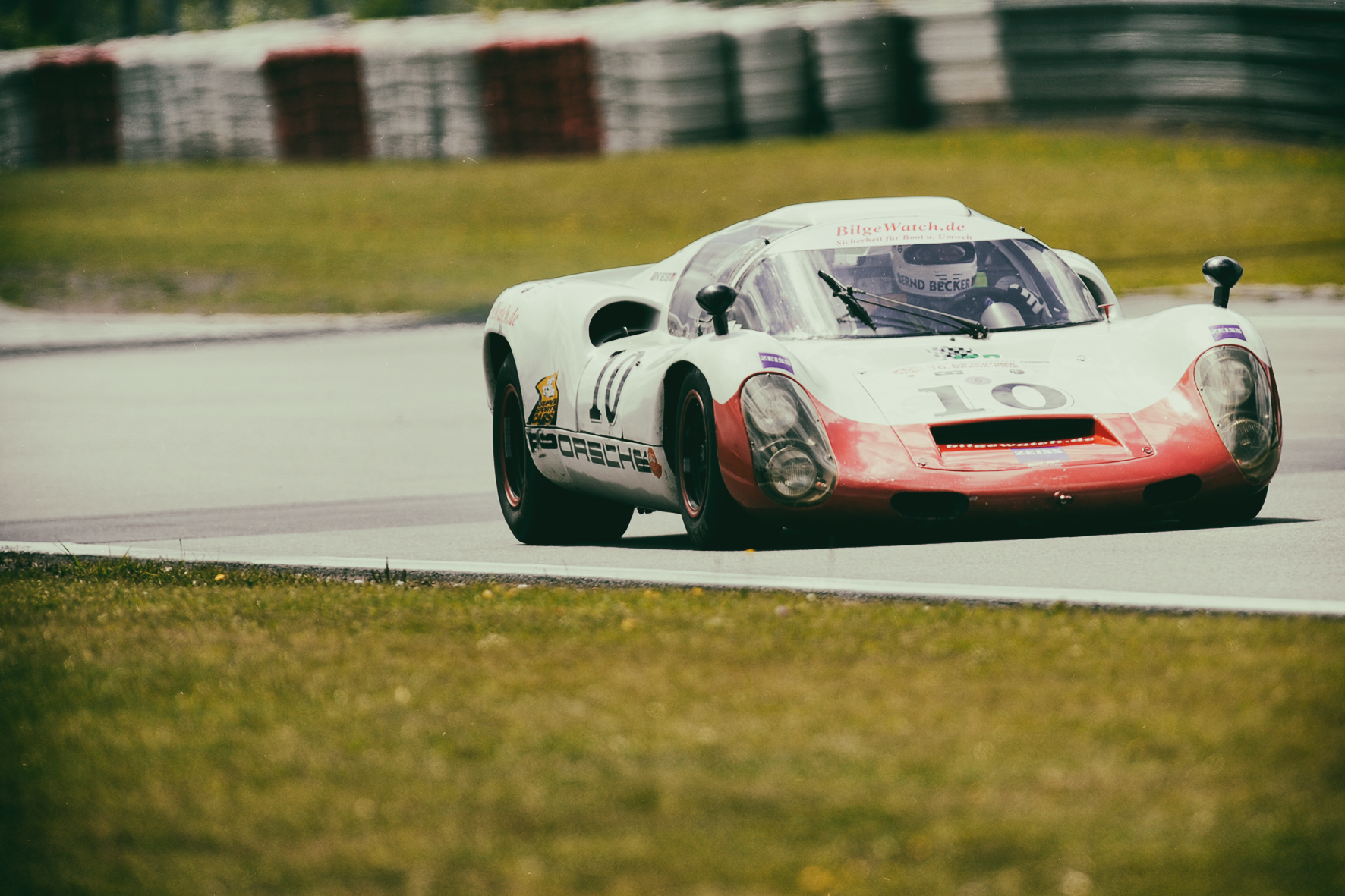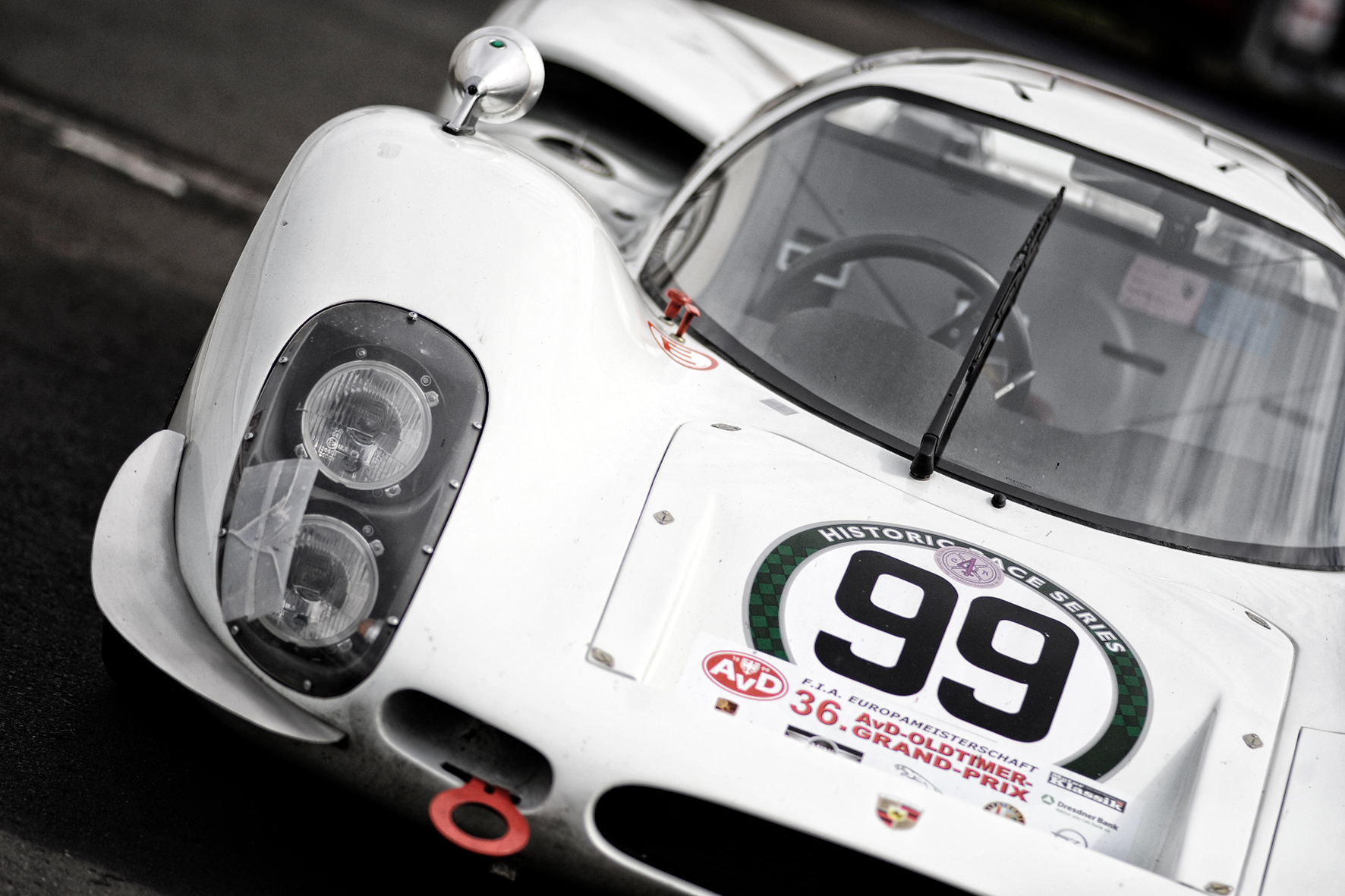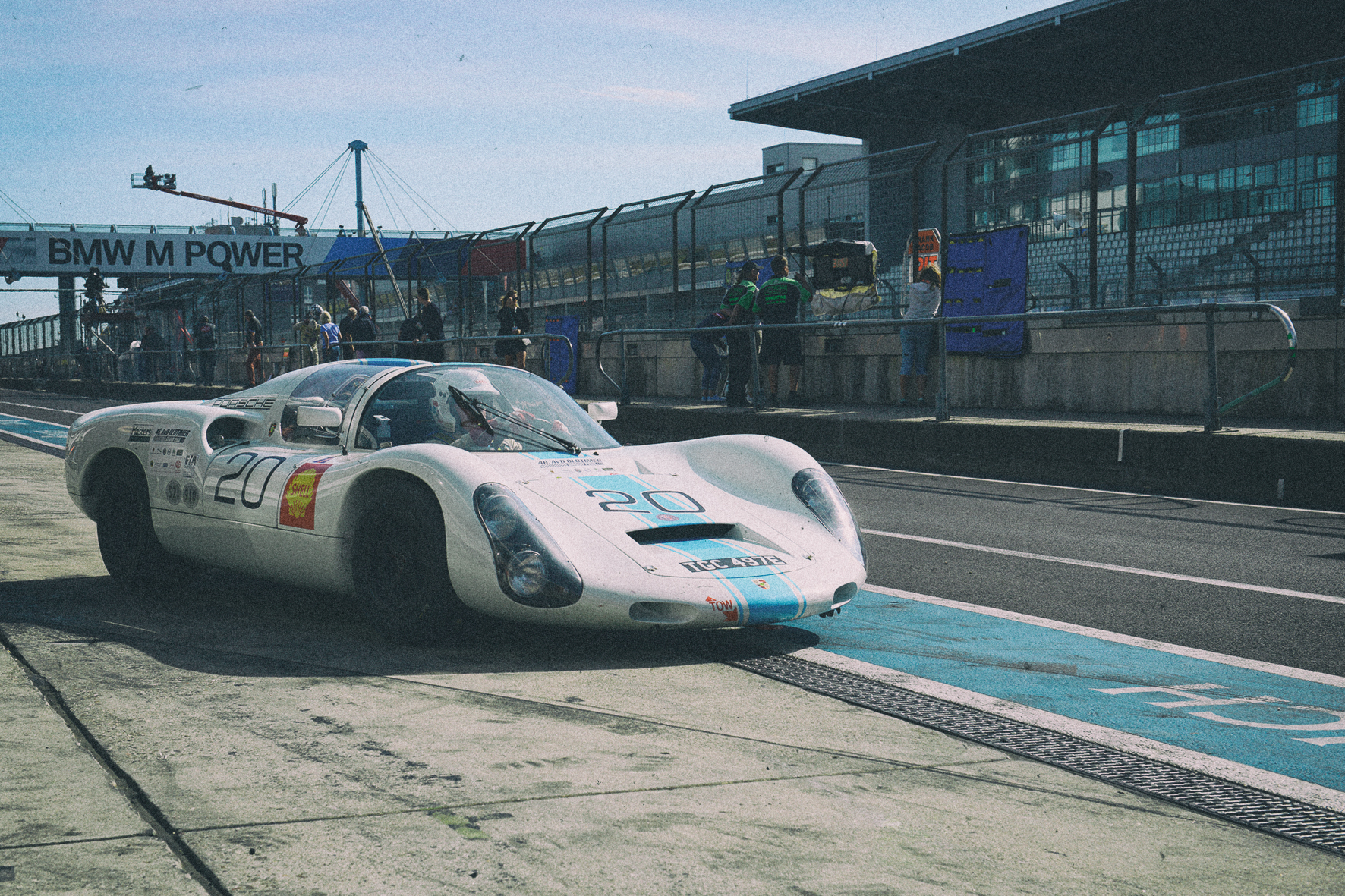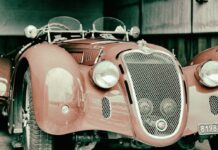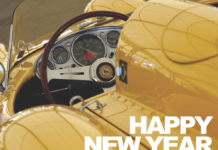The successor to the Porsche 906, also known as the Carrera 6, was the Porsche 910, also known as the Carrera 10. It was a further development of the Porsche factory and was used from 1966 to 1968 in the World Sports Car Championship and the European Hillclimb Championship.
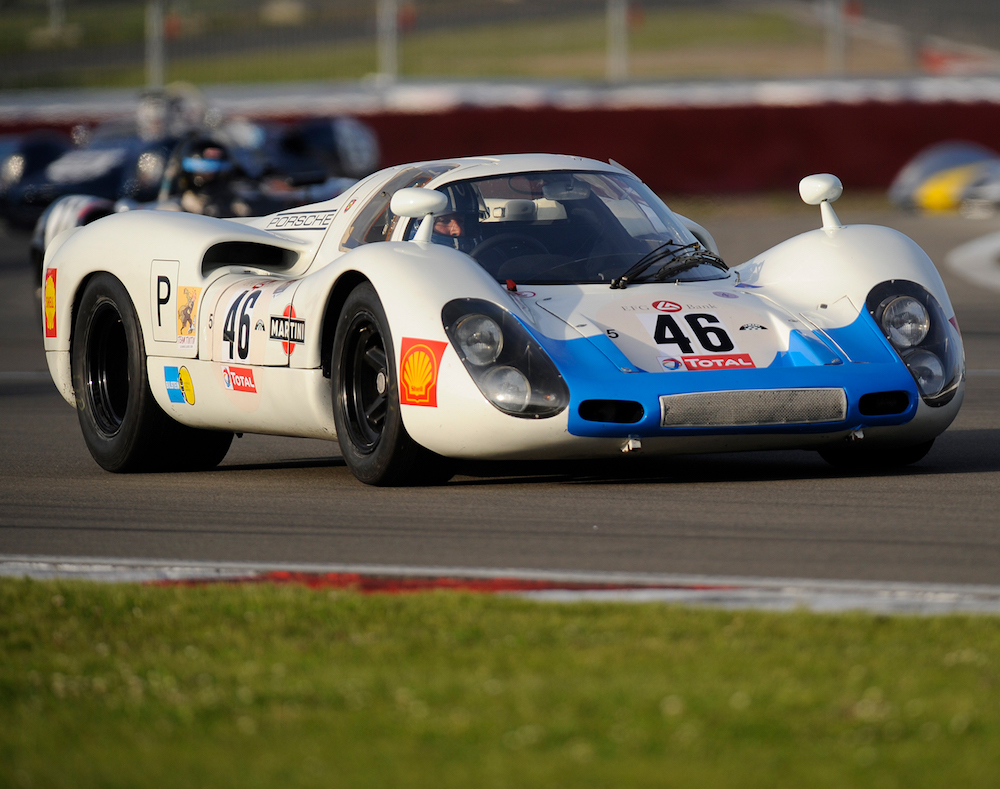
With the specially developed 910 Bergspider, Porsche won the European Championship twice in succession in 1967 and 1968.
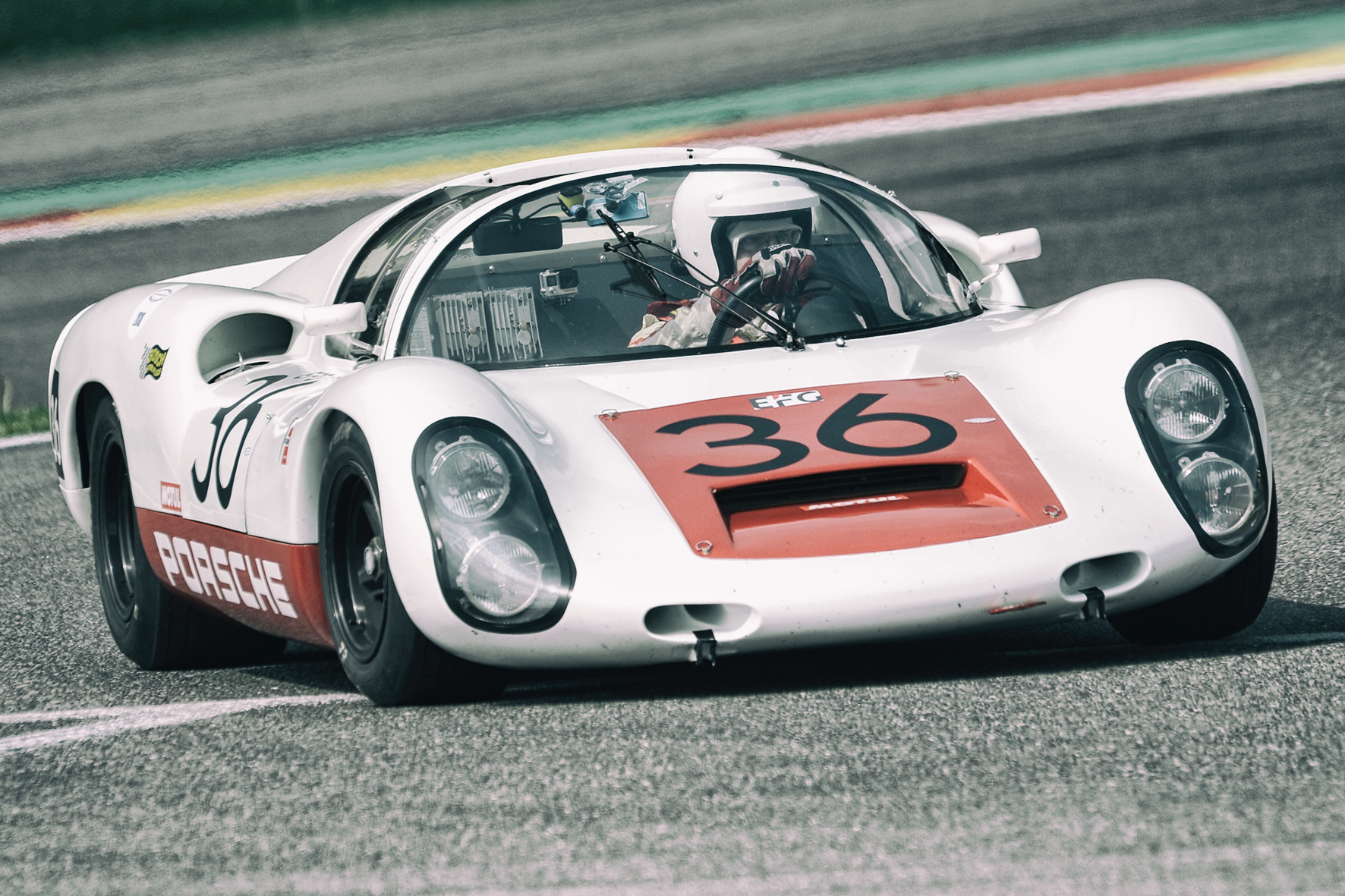
With more than 50 units sold, the Porsche 906 was a commercial success and, with class victories in the World Endurance Championship and the title win in the European Hillclimb Championship, also a sporting success. However, the management at Porsche realised that overall victories in the major and important sports car races would probably not be possible with a cheaply produced sports prototype like the Carrera 6.
As a result, it was decided during the development of the 910 that it would only be used by the factory and not sold to private customers. Nevertheless, the basic idea and design of the 910 were based on the Carrera 6 in terms of the body, engines and gearbox.

The body of the Porsche 910 is made of plastic and is firmly bonded to the supporting tubular frame. In contrast to the Carrera 6, the doors opened forwards and not upwards. The Plexiglas screen that covered the engine on the 906 was replaced by a flat bonnet painted in the colour of the car. At the rear end of the cockpit, the 910 had a Targa-like spoiler lip. Otherwise, the aerodynamically designed body was quite similar to the 906. The rear of the new Porsche sports car could be folded back completely to gain access to the engine and gearbox for adjustment and maintenance work. The cockpit offered space for two seats, but in use only the driver’s seat was available. The 910 was left-hand drive.
The tubular frame also served as an oil line system which, in addition to different tyres, led to a total weight saving of 40 kilograms compared to the Carrera 6. In total, the Porsche 910 weighed only 580 kilograms. From 1967, some Porsche 910s were equipped with a more powerful eight-cylinder engine. They were then called 910/8 in contrast to the 910/6 with the somewhat weaker six-cylinder engine.
The chassis of the 910 had been completely redesigned. It had independent suspension with wishbones and continuously adjustable stabilisers on both axles. Naturally, the 910 had disc brakes all round; the 1967 edition of the Targa Florio was the first to use internally ventilated disc brakes on the front axle.
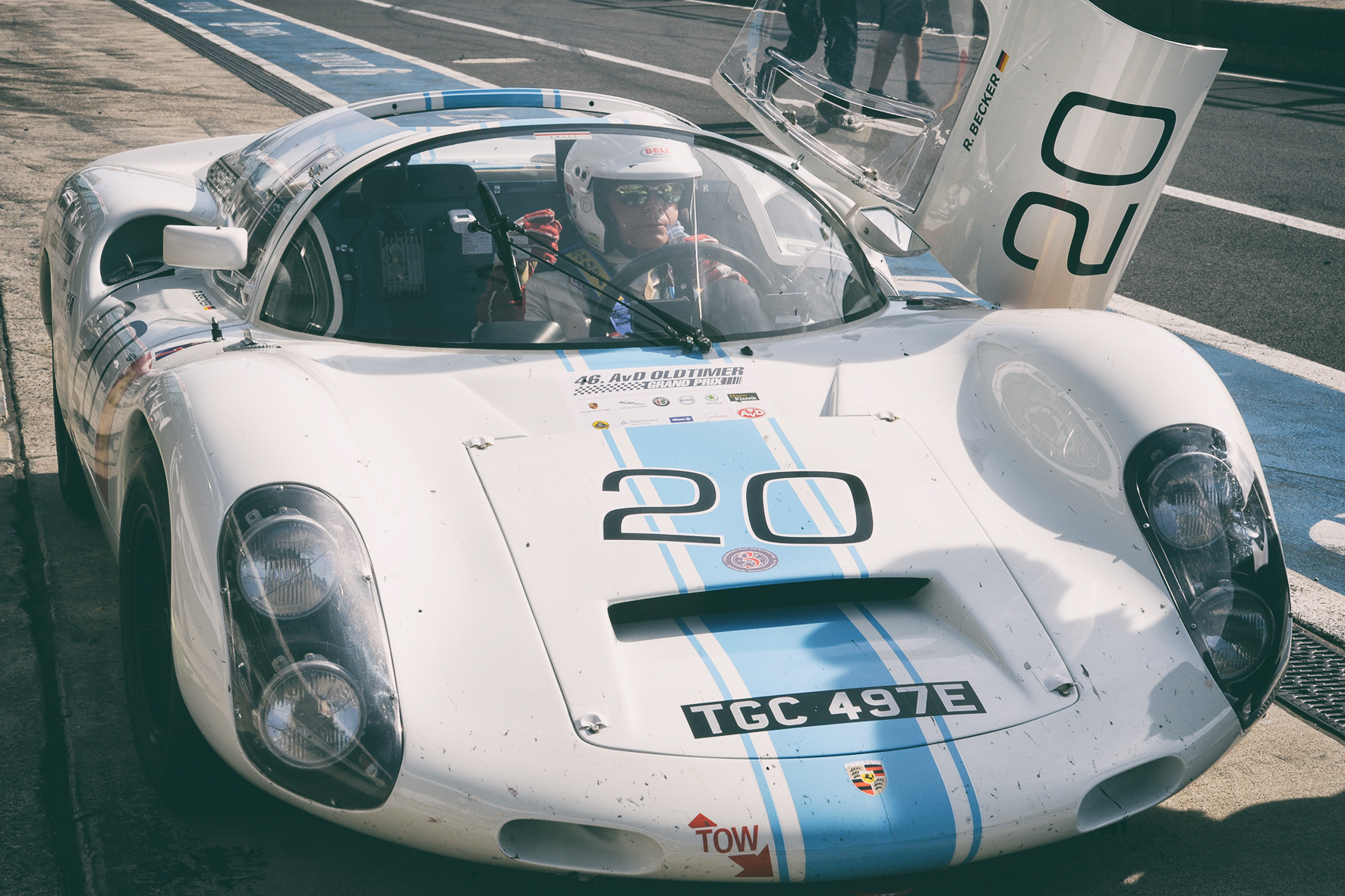
There were two engine variants: the tried and tested six-cylinder boxer engine with a displacement of two litres and then, from 1967, the 2.2 l eight-cylinder boxer engine. As was usual at Porsche, the engines were air-cooled.
The first races in 1966 were two hill climbs. At its debut on 28 August in Sierra Montana Crans, two Porsche 910s finished second and third, driven by Gerhard Mitter and Hans Hermann. Ludovico Scarfiotti won this hill climb in a Ferrari Dino 206P. However, Gerhard Mitter was able to clinch victory for the Porsche works team in the Gaisberg race in the Porsche 910’s second outing.In 1967, the 910 also took off in the endurance classics in Europe and North America. At the opening race of the season, the 24 Hours of Daytona, Jo Siffert and Hans Hermann took fourth place overall, while at the 12 Hours of Sebring a Porsche 910 finished third and fourth. After further successful races at Monza and Spa Francorchamps, the Porsche works team scored a triple success at the Targa Florio. The driver duo Stommelen / Hawkins won the race. There was also a sixth place by the duo Siffert / Hermann.
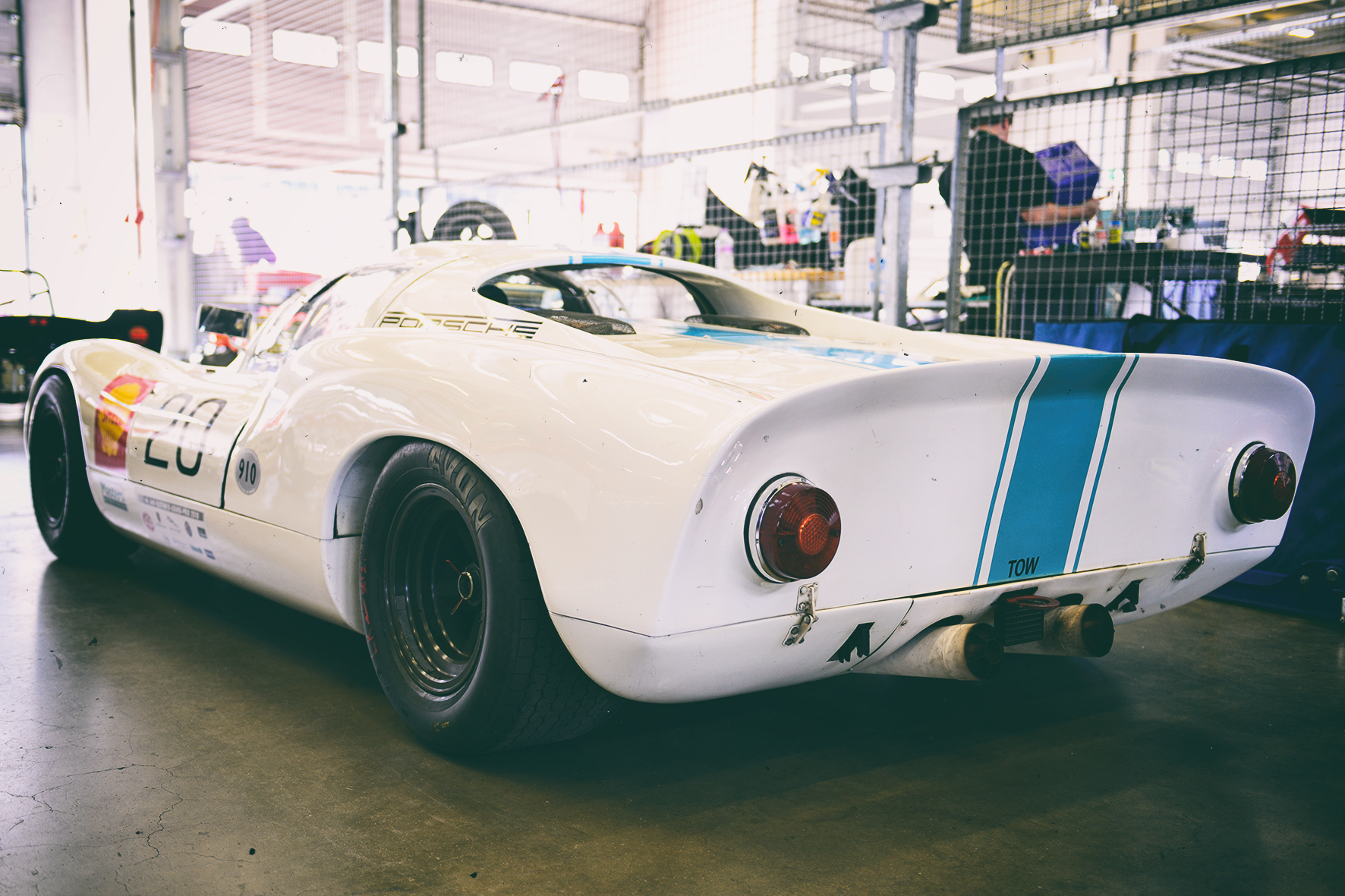
Only a short time later, the German home race, the famous 1000 KM at the Nürburgring, was also finished with a triple victory, practically on their own doorstep. Porsche had been waiting for this overall victory since the 1950s.
The Porsche 910 is a frequent guest at historic motorsport events, so I’ve often had the opportunity to see this marvellous sports prototype in action and have been able to showcase it accordingly. However, I am undecided as to whether I actually find the Carrera 6 or the 910 more beautiful. But I’ll leave that up to you. The Porsche sports prototypes of this era have been with me all my life and that’s a good thing.
In 1967, the 910 also took off in the endurance classics in Europe and North America. At the opening race of the season, the 24 Hours of Daytona, Jo Siffert and Hans Hermann took fourth place overall, while at the 12 Hours of Sebring a Porsche 910 finished third and fourth. After further successful races at Monza and Spa Francorchamps, the Porsche works team scored a triple success at the Targa Florio. The driver duo Stommelen / Hawkins won the race. There was also a sixth place by the duo Siffert / Hermann.

Only a short time later, the German home race, the famous 1000 KM at the Nürburgring, was also finished with a triple victory, practically on their own doorstep. Porsche had been waiting for this overall victory since the 1950s.

The Porsche 910 is a frequent guest at historic motorsport events, so I’ve often had the opportunity to see this marvellous sports prototype in action and have been able to showcase it accordingly. However, I am undecided as to whether I actually find the Carrera 6 or the 910 more beautiful. But I’ll leave that up to you. The Porsche sports prototypes of this era have been with me all my life and that’s a good thing. Find out more about our photographer Ralph Lüker.
